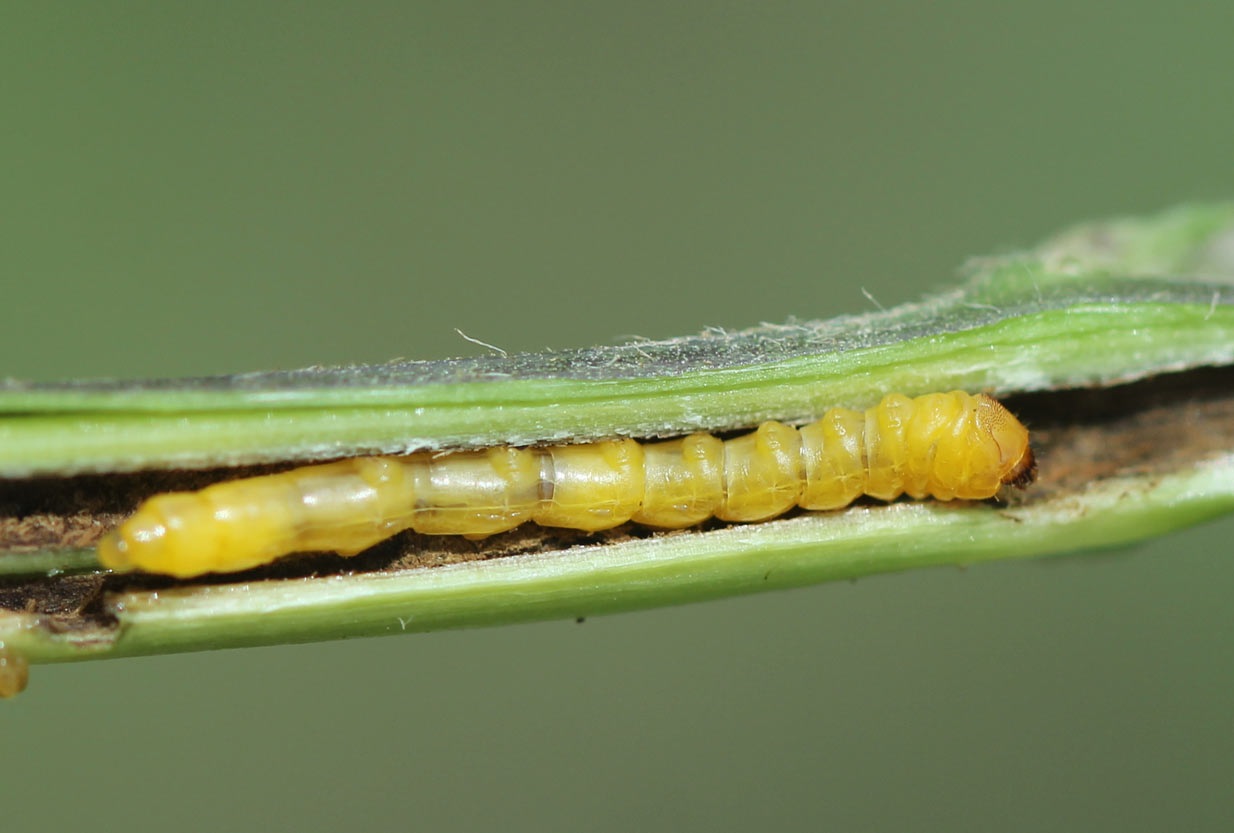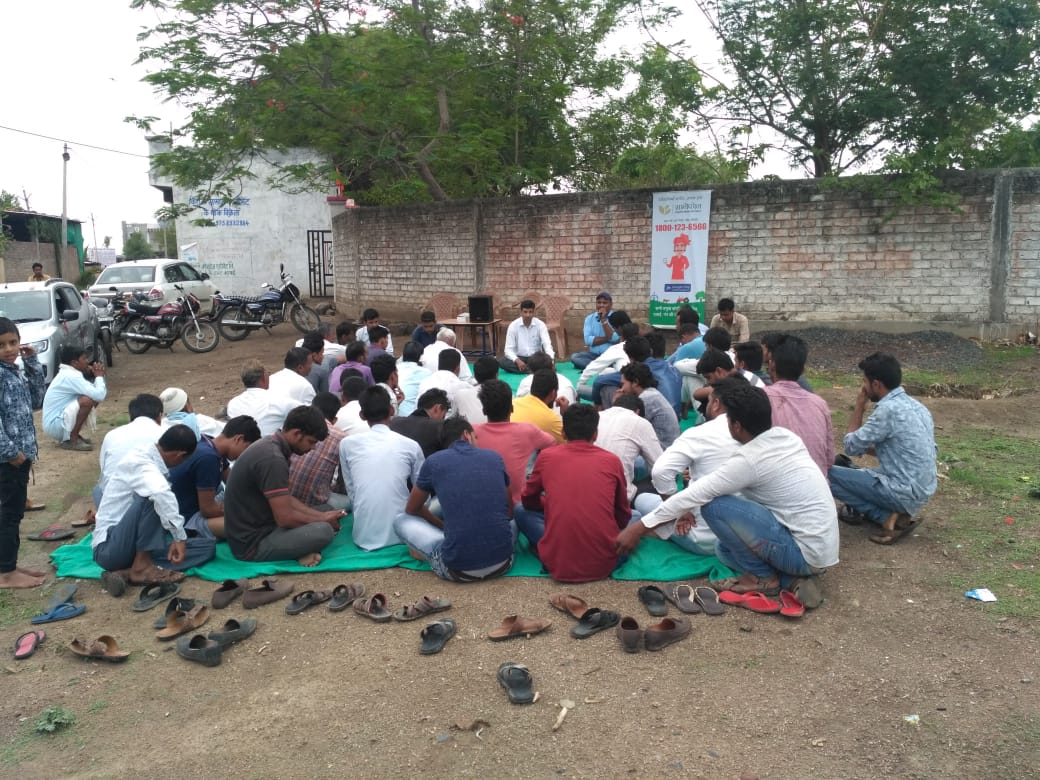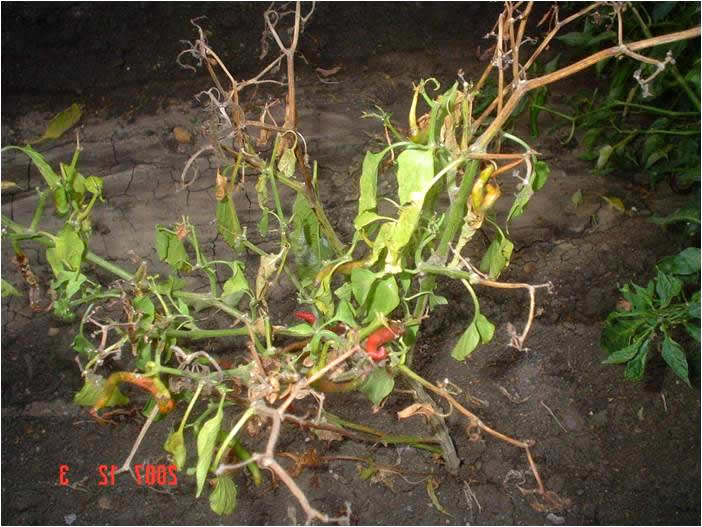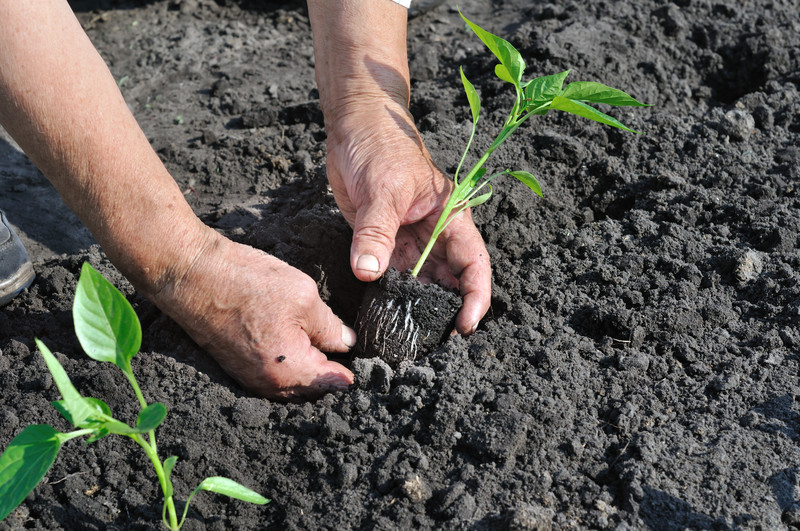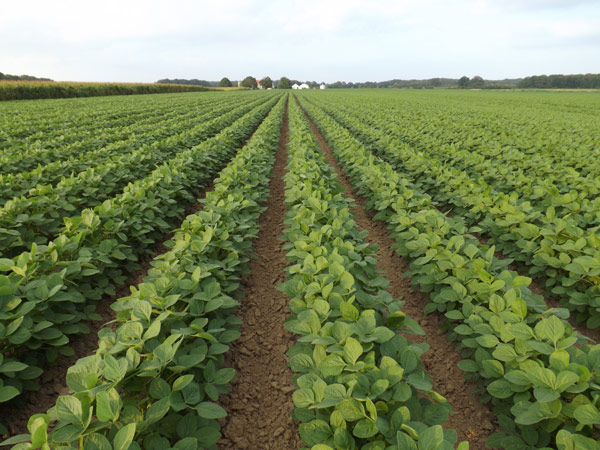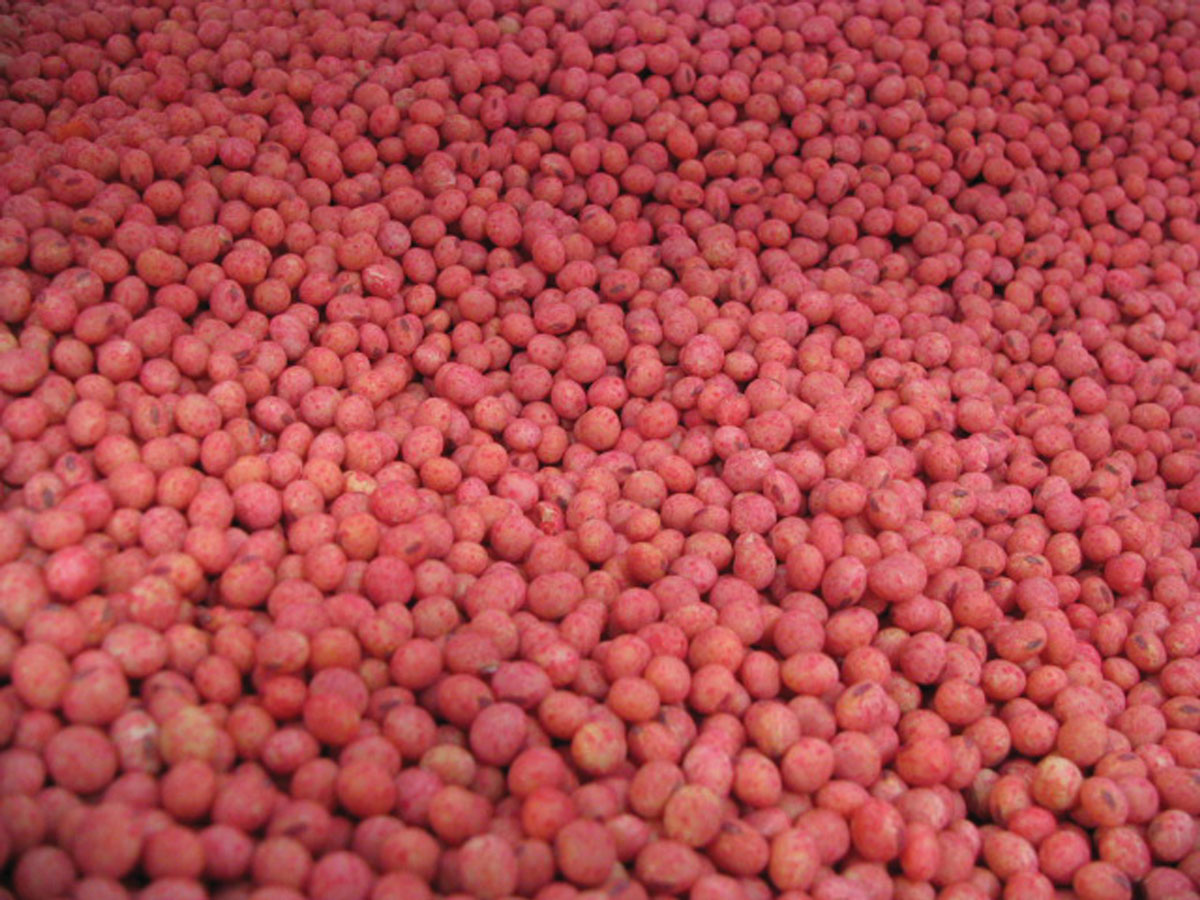Girdle beetle in Soybean:-
Symptoms of damage:-
- Girdling of stems and petioles.
- The inside of the stem is eaten by the larvae and a tunnel is formed inside the stem.
- The leaves of plant of infected portion are unable to get the nutrient and are dried up.
- In later stages the plant is cut at about 15 to 25 cm above the ground.
Management:-
- Deep summer plough.
- Intercropping with maize or sorghum should be avoided.
- Crop rotation should be followed.
- Avoid excess nitrogenous fertilizers.
- Collect and destroy infested plant parts and egg masses.
- Remove the infested plant parts at least once in 10 days and bury them in compost pit to monitor and reduce the populations of girdle beetle.
Control:-
- Apply phorate 10 G @ 10 kg/ha or carbofuran 3 G @ 30 kg/ha at the time of sowing.
- Spray Quinalphos 25 EC or Triazophos 40 EC @ 3 ml/lit. at the crop age of 30-35 days and repeal after 15-20 days.
Like and share with other farmers by clicking on button below
Share
